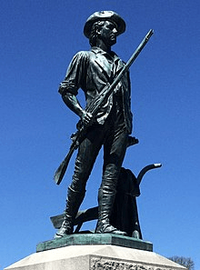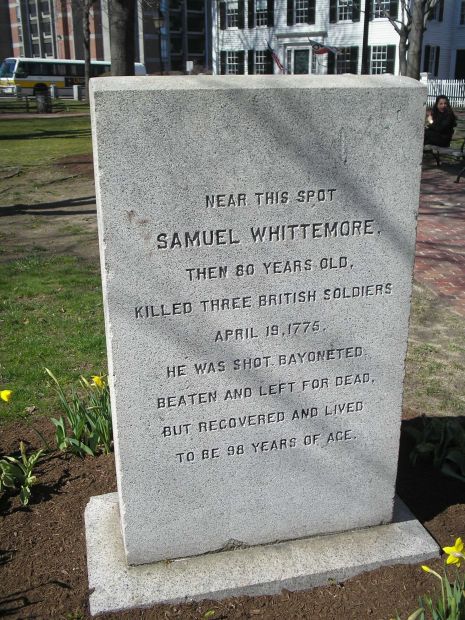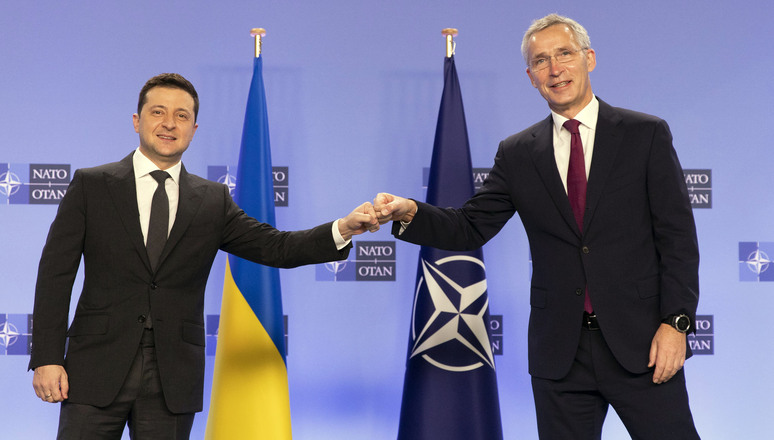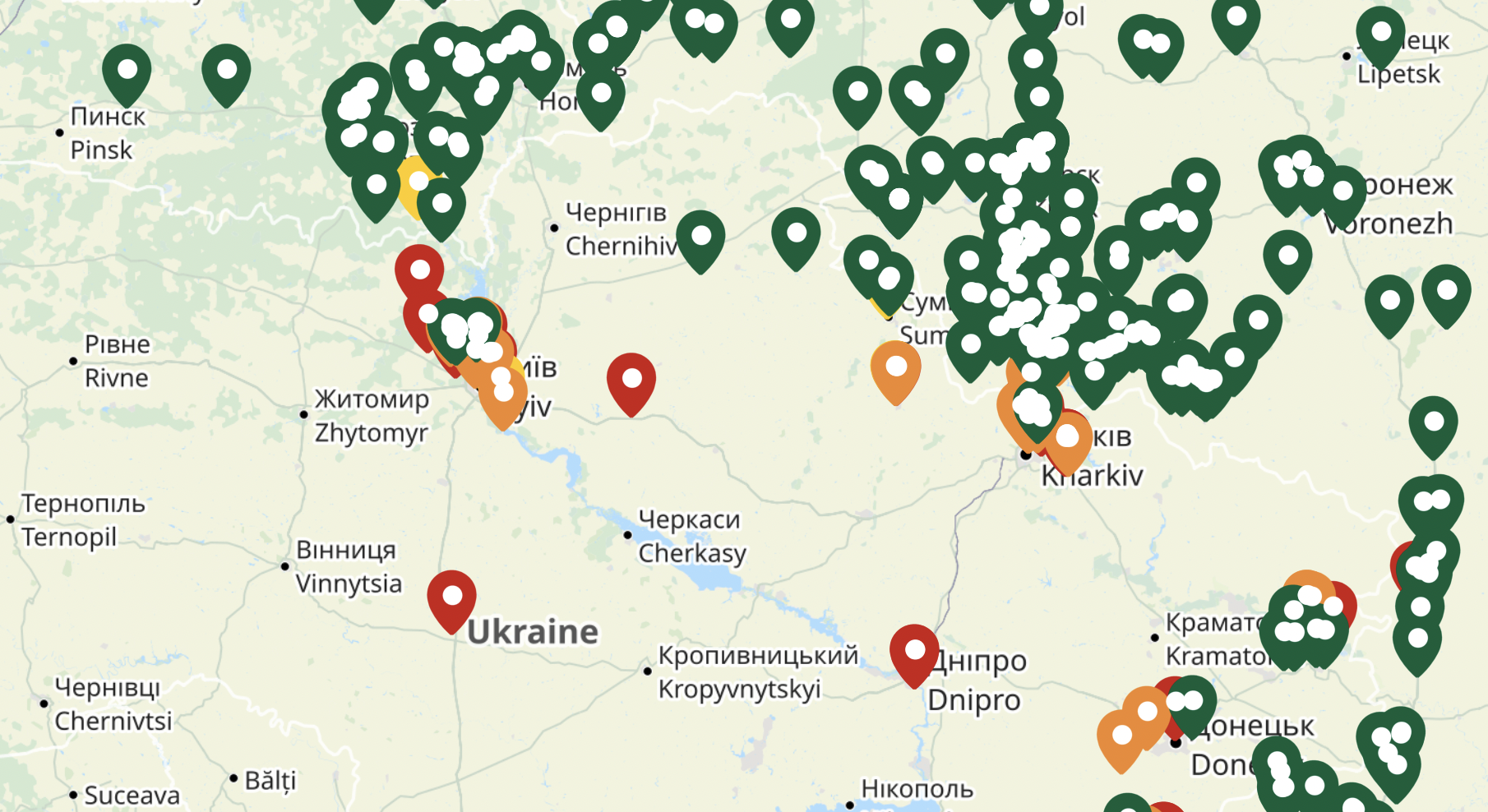SFC13557
NES Member
Citizen volunteers teamed up with soldiers to turn the tide in the most consequential European battle since World War II
By James Marson
Follow
| Photographs by Emanuele Satolli for The Wall Street Journal
Sept. 20, 2022 10:49 am ET
Long account of how Ukranian Military and Civilians adapted and overcame extreme odds to save their country.
"KYIV—Outside the Giraffe shopping mall on the western edge of Ukraine’s capital, a group of locals prepared to meet the Russian armored column thundering their way.
It was late February, and the Russians, from an elite airborne unit, were riding atop their vehicles, as if expecting a warm greeting. One wore a Cossack woolen hat instead of a helmet. Another hadn’t loaded his rifle.
The few dozen Ukrainians from the towns of Irpin and Bucha had other intentions, which they had written on the cement mixer and bulldozer that blocked the road: “Welcome to hell.”
After Russia launched an all-out invasion on Feb. 24, a 32-year-old Ukrainian city council member and solar-power entrepreneur named Volodymyr Korotya had led preparations for a fighting stand. The men were brandishing a grab bag of weapons, including pump-action shotguns and a handful of rocket-propelled grenades. Many were dressed in jeans, and few had body armor. Around half of their number, which included a psychotherapist, a firefighter and a bus driver, had never fought before.
“Look what I do and do the same,” Mr. Korotya, who had seen combat during his time in the Ukrainian army, told the new recruit
As a vanguard of a dozen armored vehicles rumbled over the bridge between Bucha and Irpin and began to climb the hill toward them, the Ukrainians opened fire.
After a fierce three-hour battle, the Russian vehicles were destroyed or abandoned, and the soldiers were dead or in retreat. The Ukrainians set off across the bridge to finish off the rest of the column.
The Russians never crossed that bridge in their monthlong attempt to seize Kyiv.
It’s hard to know how people will react to a huge invasion force. Resistance requires a core of people in villages, towns and cities to find enough courage and motivation to fight rather than flee. Confidence in communities large and small grows with each person who stays and picks up a weapon.
That’s especially true in a country like Ukraine, whose national anthem starts: “The glory and freedom of Ukraine have not yet perished.” That line reflects the nation’s painful attempts over centuries to establish itself as an independent country in the maw of empires.
Russian President Vladimir Putin sent his army into Ukraine to snuff out its latest, 30-year attempt to establish full-fledged independence after the collapse of the Soviet Union. He had boasted that it would take only days for his powerful army to take Kyiv.
Over the next month, enough Ukrainians found the will and means to resist him. They formed armed groups with whatever weapons they could lay their hands on. They fed and equipped fighters and billeted them in their homes. They shimmied up trees in search of cellphone reception to report on enemy movements. The result looked like something little seen in modern warfare—a domestic insurgency fused onto a traditional army.
“We are like a hive of bees,” said Yaroslav Honchar, head of an attack-drone crew who make their own armed craft. “One bee is nothing, but a thousand can defeat a big force.”
To a degree not fully appreciated, it was these citizen soldiers, teaming up with active-duty personnel, who turned the tide in the most consequential battle in Europe since World War II and preserved Ukraine’s status as a sovereign nation. The defense of Kyiv allowed the president to stay and rally national support. He could also then procure the weapons from the U.S. and Europe that are now helping the army to dislodge Russian forces in the east and south.
Without Kyiv’s defenders securing crucial spots around the city in the war’s early days, none of that would have been possible.
Saving the Airport
The Ukrainian special-forces team needed to get to Kyiv fast. But the roads from their base in western Ukraine were choked with cars heading the other way.Civilians were panicking. Russian armored columns were streaming toward the capital from Belarus, less than 100 miles to the north. Information was scarce and often contradictory.
Marik, the team’s 32-year-old leader, focused. He needed to locate the sharpest Russian thrust toward Kyiv and figure out how his team could blunt it, he explained later, using only a pseudonym as required by Ukraine’s military.
A cyberattack had cut communications between commanders and units in the field, leaving unsecured cellphones as the only link. But Marik saw no reason to panic. He stuck to his mantra: You can’t win the war on your own; everyone has his own small front.
As the team threaded its way toward Kyiv, Marik saw videos posted online by civilians of around 30 black Russian helicopters swooping low toward the capital from the north. Their target was Antonov Airport in Hostomel, a cargo and testing airstrip about 20 miles from central Kyiv.
Marik’s commanders ordered him there. An understrength National Guard unit and another special-forces team at the airport had managed to shoot down three helicopters and hold off 200 elite paratroopers for nearly three hours before withdrawing when they ran out of ammunition. They had lost the airport but won time.
The Russians set up machine-gun nests and secured airport buildings in preparation for transport planes to land a larger force to thrust into the heart of Kyiv.
Marik had to get there and stop them. Arriving near the airport as darkness fell, he learned that others were also gunning for the Russians.
This would be no repeat of 2014, when Russian irregular fighters seized the city of Slovyansk in Ukraine’s east, igniting a war that was still simmering when Russia’s new invasion force rolled in.
Back then, when Marik was sent in to reclaim the city, his unit was equipped mostly with Soviet remnants, including metal helmets and rubber tourniquets that could snap when pulled tight. Now Marik’s men had Kevlar helmets, fitted body armor and secure American radios with headsets. Western training had helped accustom him to working autonomously in small groups. Special forces’ new motto, taken from a 10th-century Kyiv leader called Svyatoslav the Brave, announced their readiness for violence: “I come at you!”
An array of Ukrainian units, aided by civilian volunteers, threw themselves into a haphazard counterattack.
Forty-eight Ukrainian paratroopers landed in three helicopters to the southwest, while another assault team approached from the north. They used brief cellphone messages to direct artillery forces to pound Russian positions. Under assault from several angles, the Russians couldn’t safely land planes.
The counterattack had bought time. But Russian armored columns were advancing quickly by land.
Around dawn, commanders ordered Marik to pull back to a new defensive line along the Irpin River to the northwest of Kyiv. Sappers told him they were preparing to detonate the nearest bridge in 10 minutes, and couldn’t wait.
“Blow it,” Marik said. “We’ll find another way out.”









